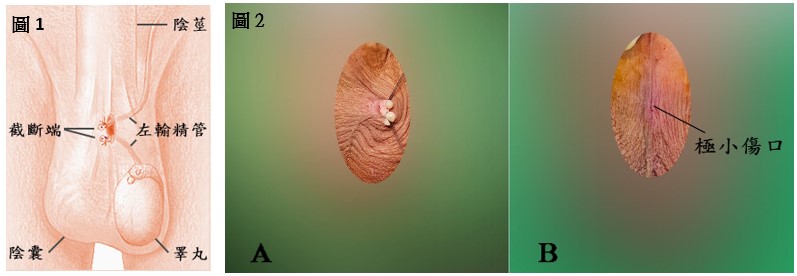What is Vasectomy?
Vasectomy is a simple, safe, and permanent method of birth control. Both men and women can undergo sterilization—men through vasectomy and women through tubal ligation. However, vasectomy is generally safer and easier due to the superficial location of the vas deferens.
Types of Vasectomy
| Type | Procedure | Key Features |
|---|---|---|
| Conventional Vasectomy | 1.5–2 cm incisions on both sides of the scrotum to cut and tie the vas deferens | Requires stitches; longer recovery |
| No-Scalpel Vasectomy (NSV) | Small punctures using special instruments to isolate and ligate the vas deferens on both sides | No stitches; faster recovery |
| Microsurgical No-Scalpel Vasectomy (MNSV) | Enhanced NSV using microsurgical techniques through a single 0.5 cm central incision | Minimal bleeding, faster healing, fewer complications |
Anesthesia
Performed under dual-local anesthesia. Patients remain awake and pain-free, able to use their phone or headphones during the procedure.
Incision & Recovery
- Single 0.5 cm incision at the center of the scrotum
- No hospitalization required
- No stitches needed
- Rapid recovery with minimal discomfort
Surgical Procedure
MNSV begins with dual-local anesthesia. A single small puncture is made at the center of the scrotum to access both vas deferens. Using microsurgical techniques, each vas is carefully dissected and tied with fine sutures (Figures 1 & 2A). No cauterization is used—bleeding is controlled with delicate ligatures to prevent tissue damage.

Figure 2A: Vas deferens ligated on both ends.
Figure 2B: Final incision size: only 0.3–0.5 cm; nearly invisible post-op.
Advantages of MNSV at Our Clinic
- Dual-local anesthesia for a painless experience
- Single small incision, no visible scar
- Outpatient procedure—walk in, walk out
- No electrocautery—minimal tissue damage
- Microsurgical precision reduces bleeding and nerve injury
- Extremely low complication rate
Also applied to other procedures at our clinic:
- Microsurgical circumcision
- Hernia repair
- Varicocelectomy
- Penile vein surgery
- Penile curvature correction
- Penile prosthesis implantation
- Dorsal nerve block surgery
Traditional Vasectomy: Potential Complications
| Complication | Estimated Risk |
| Wound infection | < 4% |
| Scrotal hematoma | < 5% |
| Epididymitis/orchitis | 3.4% |
| Sperm granuloma | 35–42% |
| Chronic scrotal pain | 1–2% |
| Recanalization & pregnancy | 0.05% |
Postoperative Instructions
- Best suited for men who have completed their family
- Partner’s consent required prior to surgery
- Procedure time: ~30 minutes
- Mild discomfort during anesthesia; no pain during surgery
- Avoid heavy lifting on the day of surgery
- Keep incision dry for 7 days
- Return for dressing change and wound check in 2–3 days
- Resume sexual activity after 7 days if no discomfort
- Continue contraception for 2 months post-surgery
- Ejaculate 10–20 times within 2 months to clear sperm
- Semen analysis required to confirm azoospermia or low non-motile sperm count (<100,000/mL)
Frequently Asked Questions
Will vasectomy affect semen volume?
No—sperm make up a tiny fraction of semen. Volume remains nearly unchanged.
Will it affect sex drive or performance?
No—vasectomy does not affect libido, erections, ejaculation, or testosterone production.
Does it increase cancer risk?
Large studies show no increased risk of testicular or prostate cancer.
Does vasectomy cause weight gain or hormonal imbalance?
No—it does not affect metabolic or hormonal health.
Conclusion
Microsurgical No-Scalpel Vasectomy (MNSV) is one of the safest and most effective options for permanent male contraception. With minimal incision, fast recovery, and extremely low complication rates, it allows men to take control of fertility without compromising sexual health or general well-being.
Always consult a qualified urologist to discuss whether vasectomy is right for you.
